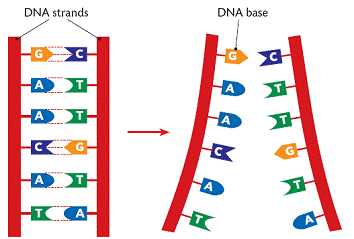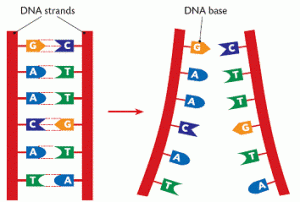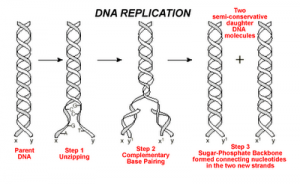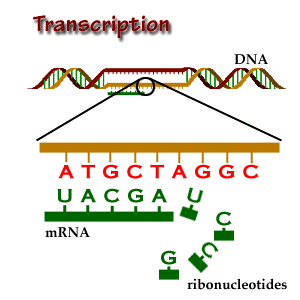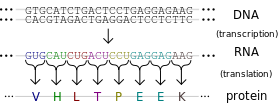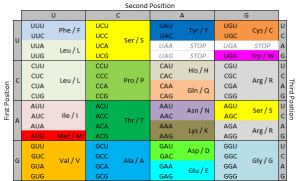The MastAttack 107: The Layperson’s Guide to Understanding Mast Cell Diseases, part 7
I have answered the 107 questions I have been asked most in the last four years. No jargon. No terminology. Just answers.
13. What do these biopsy tests look for?
• They look for the shape, quantity, and distribution of mast cells.
• They also look for specific proteins on the outside of mast cells and tissue damage around mast cells.
• Systemic mastocytosis and cutaneous mastocytosis are generally diagnosed by biopsy. With very, very few exceptions, you cannot meet the criteria for systemic mastocytosis without having a positive biopsy. Sometimes people with monoclonal mast cell activation syndrome are diagnosed by having a biopsy that looks like a very early phase of systemic mastocytosis.
• The diagnostic criteria for mast cell activation syndrome are hotly contested. Most doctors do not use biopsies to diagnose MCAS because there are not uniform criteria. Some doctors feel that more than 20 mast cells in a field when you look through the microscope is a sign of MCAS.
• Cutaneous mastocytosis is having too many broken mast cells in your skin. For this condition, they are looking for either 20 mast cells to be present in the microscope field (hpf) when looking at the skin, or for there to be at least one cluster of at least fifteen mast cells.
• Clustering is a very important feature of mastocytosis. When mast cells bunch together in a cluster, it is easier to damage the tissue. They are essentially punching holes in the tissue by clustering.
• Systemic mastocytosis is having too many broken mast cells made by the bone marrow. Systemic mastocytosis is usually diagnosed by a positive bone marrow biopsy. However, sometimes people are diagnosed by biopsies of other organs. Skin biopsy is NOT enough to diagnose systemic mastocytosis.
• For systemic mastocytosis, there are three key things they are looking for in the biopsy.
• They are looking for at least one cluster of at least fifteen mast cells.
• They are looking for some of the mast cells to be shaped like spindles, sort of smushed at the ends and round in the middle. You see this shape a lot when cells are trying to stick together in a cluster.
• They are looking for special proteins that are only found when a patient has systemic mastocytosis or monoclonal mast cell activation syndrome. They are called CD25 and CD2. These are like flags that the mast cells fly to tell us they are broken. One of them, CD25, actually helps mast cells cluster together.
• In biopsies, they usually also look for the protein CD117. This is a normal flag for mast cells to fly and just allows us to know that we are looking at mast cells.
For more detailed reading, please visit these posts:
The Provider Primer Series: Management of mast cell mediator symptoms and release
The Provider Primer Series: Mast cell activation syndrome (MCAS)
The Provider Primer Series: Cutaneous Mastocytosis/ Mastocytosis in the Skin
The Provider Primer Series: Diagnosis and natural history of systemic mastocytosis (ISM, SSM, ASM)
